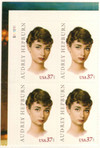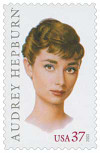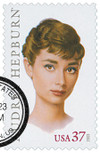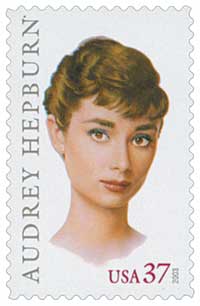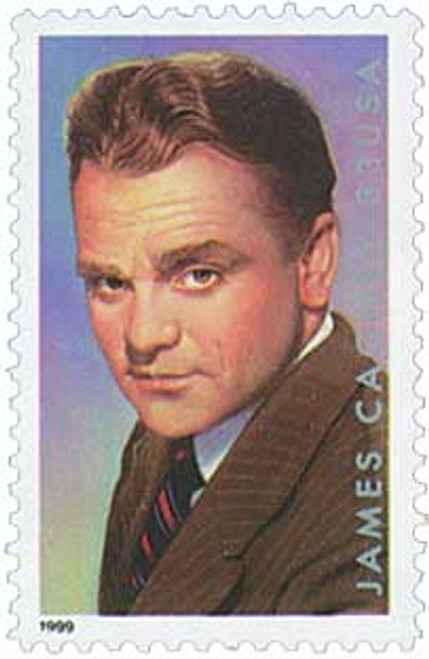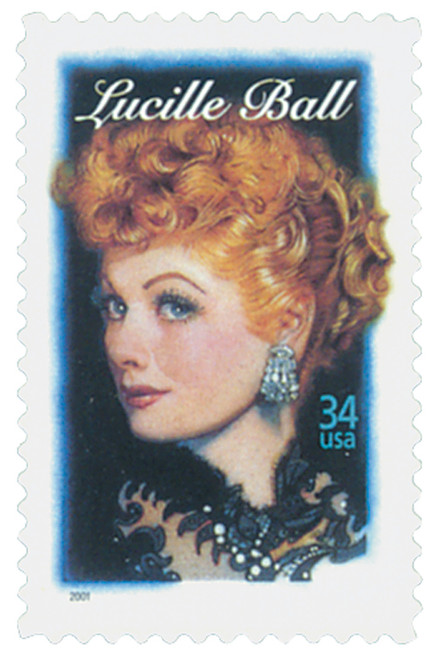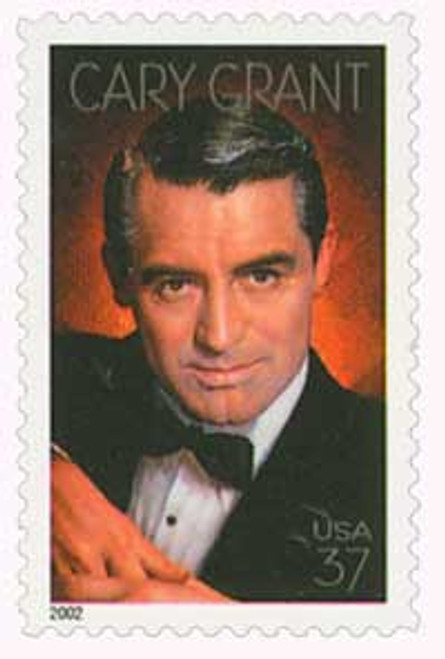
# 3786 - 2003 37c Legends of Hollywood: Audrey Hepburn
37¢ Audrey Hepburn
Legends of Hollywood Series
City: Los Angeles, California
Quantity: 80,000,000
Printed By: Ashton Potter (USA) Ltd
Printing Method: Photogravure
Perforations: Serpentine Die Cut 10.75
Color: Multicolored
Death Of Hollywood Icon Audrey Hepburn
Hepburn spent her childhood in Belgium, England, and the Netherlands. During World War II, she lived in German-occupied Arnhem. Conditions for her family were so difficult they ate tulip bulbs just to stay alive. In spite of this, Hepburn helped the resistance movement by delivering messages and raising funds.
From a young age, Hepburn loved to dance. She studied ballet in Amsterdam and London before making her stage debut as a chorus girl in High Button Shoes in 1948. Her dancing career flourished over the next two years, earning a featured role in Sauce Piquante in 1950.
Hepburn made the leap to film in 1951, appearing uncredited in One Wild Oat. She then performed in Young Wives’ Tale and The Lavender Hill Mob. While Hepburn was on set filming Monte Carlo Baby, French author Colette was visiting, looking for an actress to star in her upcoming Broadway play, Gigi. Upon seeing Hepburn, she proclaimed, “Voilà, there’s your Gigi,” and cast her on the spot. Gigi was Hepburn’s introduction to American audiences and her first speaking stage role. Though critics noted her inexperience, they were fascinated by her charm.
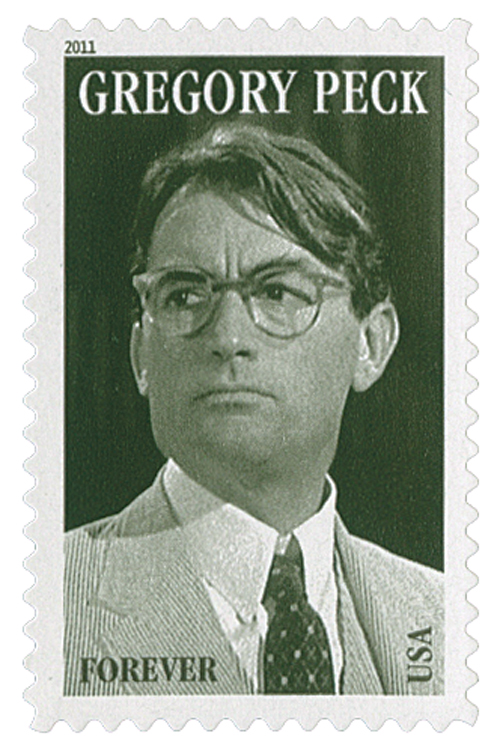
Not long after Gigi premiered, Hepburn was approached by movie studios in Hollywood. Within two years she made her American film debut in Roman Holiday, opposite Gregory Peck. Hepburn won the hearts of audiences and critics alike. She became the first actress to win an Academy Award, Golden Globe, and BAFTA (British Academy of Film and Television Arts) Award for one performance. The following year, in 1954, Hepburn returned to Broadway to star in Ondine with Mel Ferrer, who she later married. That performance earned Hepburn her first Tony award. Also in 1954 Hepburn played the title character in Sabrina, opposite Humphrey Bogart and William Holden.
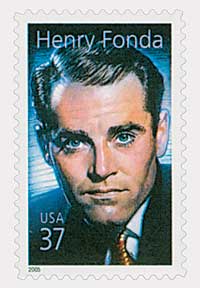
Hepburn followed those performances with one in War and Peace, along with her husband and Henry Fonda. Then she got to show off her dancing skills when she appeared in Funny Face in 1957 opposite the legendary Fred Astaire.
In 1959, Hepburn earned another Academy Award Nomination for her role in The Nun’s Story. One reviewer claimed, “[Audrey] Hepburn has her most demanding film role, and she gives her finest performance.” In 1961, Hepburn made one of her most iconic performances, as Holly Golightly in Breakfast at Tiffany’s. That role earned Hepburn her fourth Academy Award.
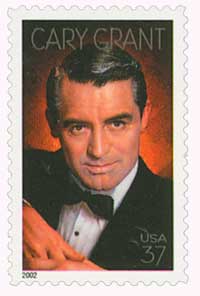
Hepburn went on to star in Charade, opposite Cary Grant, and underwent one of her most famous transformations for My Fair Lady in 1964. Hepburn continued to act through the 1970s and 80s, with her last appearance coming in 1989’s Always.
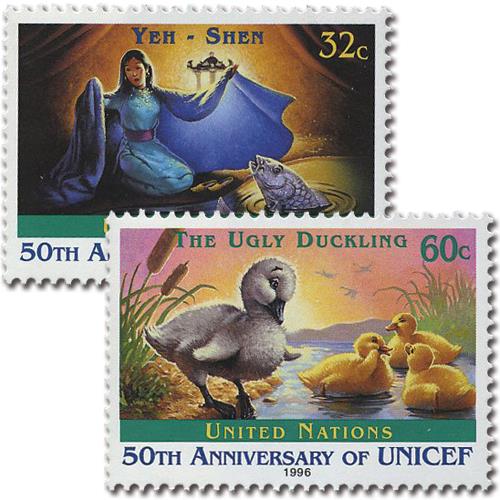
Since 1954, Hepburn had been a consistent contributor to UNICEF (United Nations Children’s Fund). In the late 1980s she became a goodwill ambassador, making over 50 trips to poor communities in Africa, South America, and Asia. She also traveled the globe to raise awareness, because she knew what it was like to go hungry as a child. In December 1992, Hepburn received the Presidential Medal of Freedom for her work. She died a month later at her Switzerland home on January 20, 1993. Hepburn was posthumously awarded a special Academy Award for her humanitarian work.
37¢ Audrey Hepburn
Legends of Hollywood Series
City: Los Angeles, California
Quantity: 80,000,000
Printed By: Ashton Potter (USA) Ltd
Printing Method: Photogravure
Perforations: Serpentine Die Cut 10.75
Color: Multicolored
Death Of Hollywood Icon Audrey Hepburn
Hepburn spent her childhood in Belgium, England, and the Netherlands. During World War II, she lived in German-occupied Arnhem. Conditions for her family were so difficult they ate tulip bulbs just to stay alive. In spite of this, Hepburn helped the resistance movement by delivering messages and raising funds.
From a young age, Hepburn loved to dance. She studied ballet in Amsterdam and London before making her stage debut as a chorus girl in High Button Shoes in 1948. Her dancing career flourished over the next two years, earning a featured role in Sauce Piquante in 1950.
Hepburn made the leap to film in 1951, appearing uncredited in One Wild Oat. She then performed in Young Wives’ Tale and The Lavender Hill Mob. While Hepburn was on set filming Monte Carlo Baby, French author Colette was visiting, looking for an actress to star in her upcoming Broadway play, Gigi. Upon seeing Hepburn, she proclaimed, “Voilà, there’s your Gigi,” and cast her on the spot. Gigi was Hepburn’s introduction to American audiences and her first speaking stage role. Though critics noted her inexperience, they were fascinated by her charm.

Not long after Gigi premiered, Hepburn was approached by movie studios in Hollywood. Within two years she made her American film debut in Roman Holiday, opposite Gregory Peck. Hepburn won the hearts of audiences and critics alike. She became the first actress to win an Academy Award, Golden Globe, and BAFTA (British Academy of Film and Television Arts) Award for one performance. The following year, in 1954, Hepburn returned to Broadway to star in Ondine with Mel Ferrer, who she later married. That performance earned Hepburn her first Tony award. Also in 1954 Hepburn played the title character in Sabrina, opposite Humphrey Bogart and William Holden.

Hepburn followed those performances with one in War and Peace, along with her husband and Henry Fonda. Then she got to show off her dancing skills when she appeared in Funny Face in 1957 opposite the legendary Fred Astaire.
In 1959, Hepburn earned another Academy Award Nomination for her role in The Nun’s Story. One reviewer claimed, “[Audrey] Hepburn has her most demanding film role, and she gives her finest performance.” In 1961, Hepburn made one of her most iconic performances, as Holly Golightly in Breakfast at Tiffany’s. That role earned Hepburn her fourth Academy Award.

Hepburn went on to star in Charade, opposite Cary Grant, and underwent one of her most famous transformations for My Fair Lady in 1964. Hepburn continued to act through the 1970s and 80s, with her last appearance coming in 1989’s Always.

Since 1954, Hepburn had been a consistent contributor to UNICEF (United Nations Children’s Fund). In the late 1980s she became a goodwill ambassador, making over 50 trips to poor communities in Africa, South America, and Asia. She also traveled the globe to raise awareness, because she knew what it was like to go hungry as a child. In December 1992, Hepburn received the Presidential Medal of Freedom for her work. She died a month later at her Switzerland home on January 20, 1993. Hepburn was posthumously awarded a special Academy Award for her humanitarian work.




